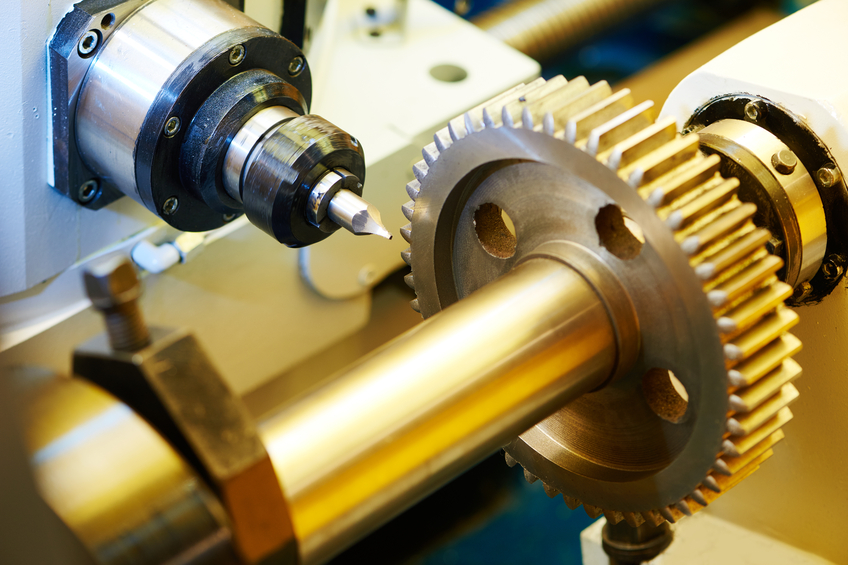Engineering Drawings - Mechanical

This online engineering PDH course begins with a thorough explanation of how engineering drawings are structured and the conventions that are used in making them and reading them. The course is designed to demonstrate how to read mechanical and technical drawings of piping and mechanical devices, controllers, and instruments connected to the network of pipes in an industrial plant.
Drawing is the universal language of engineering. Drawings from an engineer provide a raw account of the fundamentals that will eventually go into making something useful and necessary, something which may save time, effort, record, or make a thing work. Engineering drawing is a formal and precise way of communicating information about the shape, size, features and precision of physical objects. The drawings of the engineer are an obvious case of making visible the practical expression of the profession, the interpretation of which has a direct impact on the final product.
This 4 PDH online course is intended for mechanical engineers, design professionals, product manufacturers, inspectors, machinists, production personnel and construction workers who are involved in the interpretation of mechanical engineering drawings.
This PE continuing education course is intended to provide you with the following specific knowledge and skills:
- How to interpret and create engineering drawings
- How to communicate dimensions properly
- What are the different types of engineering drawings
- What are the standard engineering drawing formats
- How to identify and interpret the line conventions used on engineering drawings
- What are the common terms, symbols, legends, notes and abbreviations used on engineering drawings
- How to interpret the various views shown on engineering drawings and to identify an object from an orthographic drawing
- How to identify elements located within the title block of a detail drawing
- How to find useful information on a flow diagram
- Demonstrate an understanding of hydraulic and pneumatic drawings
- What symbols represent the common components on hydraulic and pneumatic drawings
- How to identify piping-system components shown in single-line drawings
- What are the basic characteristics of schematics, single line diagrams and P&ID
- How to identify components by their symbols: Electrical, Fluid-power, Piping
In this professional engineering CEU course, you need to review Modules 1 and 2 of Volume 1 titled "Engineering Symbology, Prints And Drawings" of the Department of Energy, handbook (DOE-HDBK-1016/1-93).
Upon successful completion of the quiz, print your Certificate of Completion instantly. (Note: if you are paying by check or money order, you will be able to print it after we receive your payment.) For your convenience, we will also email it to you. Please note that you can log in to your account at any time to access and print your Certificate of Completion.